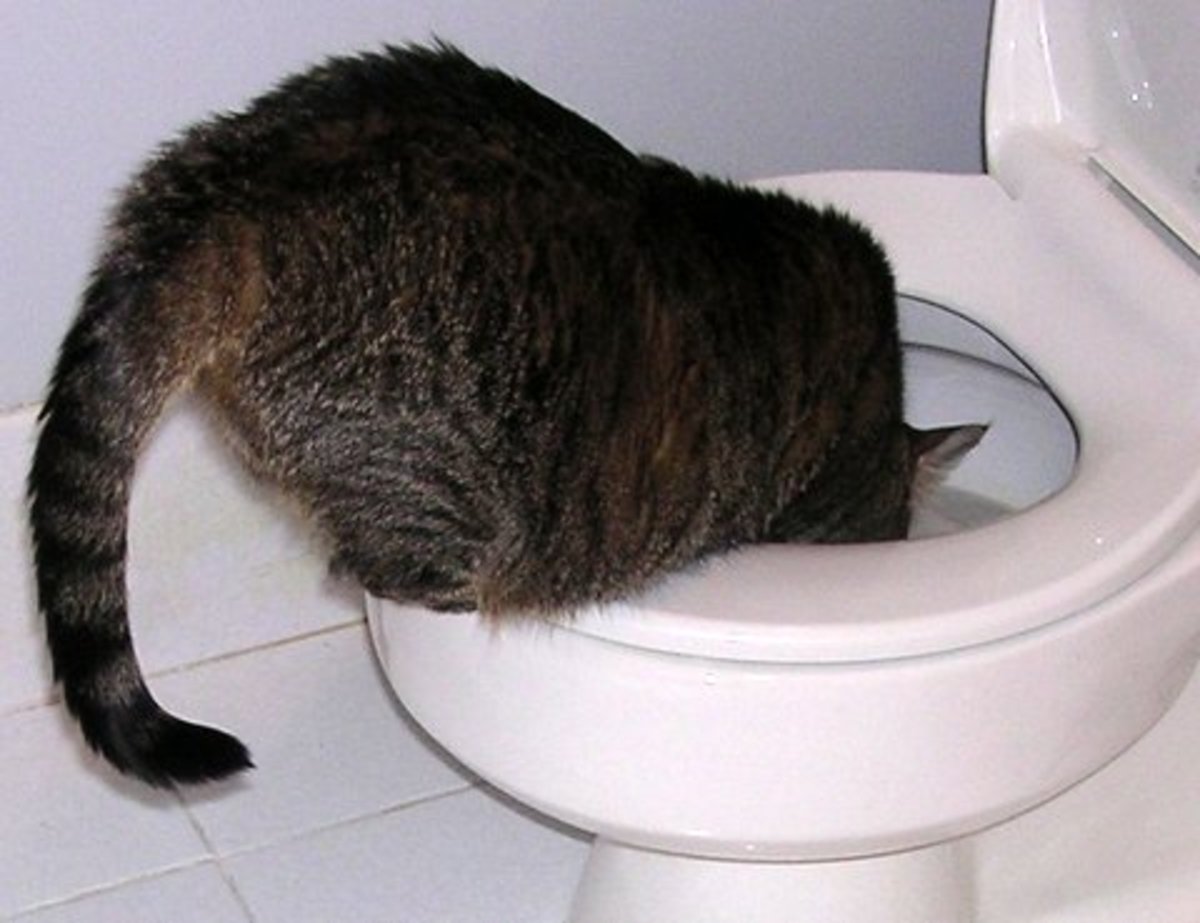Each person is bound to have their personal idea on the subject of Don’t flush cat feces down the toilet.

Intro
As pet cat owners, it's important to be mindful of just how we get rid of our feline close friends' waste. While it might appear convenient to purge cat poop down the toilet, this practice can have harmful repercussions for both the atmosphere and human health.
Alternatives to Flushing
Luckily, there are much safer and a lot more accountable ways to take care of pet cat poop. Think about the complying with alternatives:
1. Scoop and Dispose in Trash
One of the most typical method of taking care of pet cat poop is to scoop it into a biodegradable bag and toss it in the garbage. Be sure to make use of a specialized litter inside story and deal with the waste without delay.
2. Use Biodegradable Litter
Select biodegradable cat trash made from products such as corn or wheat. These clutters are eco-friendly and can be securely dealt with in the trash.
3. Bury in the Yard
If you have a lawn, take into consideration hiding cat waste in an assigned location far from veggie yards and water resources. Make sure to dig deep adequate to stop contamination of groundwater.
4. Mount a Pet Waste Disposal System
Invest in a pet waste disposal system specifically developed for cat waste. These systems use enzymes to break down the waste, decreasing odor and environmental influence.
Wellness Risks
In addition to environmental problems, purging feline waste can also pose wellness dangers to people. Cat feces might include Toxoplasma gondii, a parasite that can cause toxoplasmosis-- a potentially extreme health problem, particularly for expectant ladies and people with weakened body immune systems.
Environmental Impact
Purging cat poop introduces harmful microorganisms and bloodsuckers into the water, positioning a substantial threat to aquatic ecological communities. These contaminants can negatively impact aquatic life and compromise water quality.
Final thought
Liable pet dog ownership extends beyond offering food and shelter-- it also involves proper waste management. By refraining from flushing cat poop down the toilet and choosing alternative disposal methods, we can minimize our environmental impact and safeguard human health and wellness.
Why Can’t I Flush Cat Poop?
It Spreads a Parasite
Cats are frequently infected with a parasite called toxoplasma gondii. The parasite causes an infection called toxoplasmosis. It is usually harmless to cats. The parasite only uses cat poop as a host for its eggs. Otherwise, the cat’s immune system usually keeps the infection at low enough levels to maintain its own health. But it does not stop the develop of eggs. These eggs are tiny and surprisingly tough. They may survive for a year before they begin to grow. But that’s the problem.
Our wastewater system is not designed to deal with toxoplasmosis eggs. Instead, most eggs will flush from your toilet into sewers and wastewater management plants. After the sewage is treated for many other harmful things in it, it is typically released into local rivers, lakes, or oceans. Here, the toxoplasmosis eggs can find new hosts, including starfish, crabs, otters, and many other wildlife. For many, this is a significant risk to their health. Toxoplasmosis can also end up infecting water sources that are important for agriculture, which means our deer, pigs, and sheep can get infected too.
Is There Risk to Humans?
There can be a risk to human life from flushing cat poop down the toilet. If you do so, the parasites from your cat’s poop can end up in shellfish, game animals, or livestock. If this meat is then served raw or undercooked, the people who eat it can get sick.
In fact, according to the CDC, 40 million people in the United States are infected with toxoplasma gondii. They get it from exposure to infected seafood, or from some kind of cat poop contamination, like drinking from a stream that is contaminated or touching anything that has come into contact with cat poop. That includes just cleaning a cat litter box.
Most people who get infected with these parasites will not develop any symptoms. However, for pregnant women or for those with compromised immune systems, the parasite can cause severe health problems.
How to Handle Cat Poop
The best way to handle cat poop is actually to clean the box more often. The eggs that the parasite sheds will not become active until one to five days after the cat poops. That means that if you clean daily, you’re much less likely to come into direct contact with infectious eggs.
That said, always dispose of cat poop in the garbage and not down the toilet. Wash your hands before and after you clean the litter box, and bring the bag of poop right outside to your garbage bins.
https://trenchlesssolutionsusa.com/why-cant-i-flush-cat-poop/

As a keen person who reads about How to Dispose of Cat Poop and Litter Without Plastic Bags, I thought sharing that section was important. Enjoyed reading our article? Please share it. Let another person discover it. We enjoy reading our article about Don’t flush cat feces down the toilet.
Contact Us